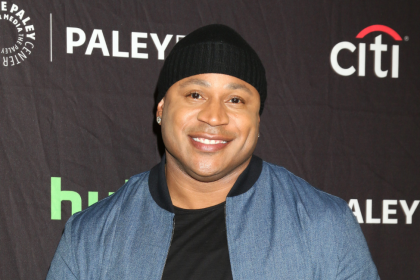In a revealing discussion on Shannon Sharpe’s Club Shay Shay podcast, Wiz Khalifa delivered an unfiltered analysis of the intensifying feud between Drake and Kendrick Lamar. The conversation emerged amid recent developments in one of hip-hop’s most watched rivalries, offering unique insights into the commercial and creative aspects driving these industry conflicts. This latest chapter in hip-hop’s evolving narrative demonstrates how artist relationships continue to shape the genre’s landscape.
Business and beats collide
Drake‘s strategic move to file legal complaints against Spotify and Universal Music Group (UMG) regarding Kendrick’s track Not Like Us represents a significant escalation. This unprecedented action demonstrates how modern rap battles extend beyond traditional diss tracks into corporate and legal territories. The situation highlights the evolution of hip-hop conflicts, where business acumen plays as crucial a role as lyrical prowess.
The legal maneuver introduces a new dimension to artist disputes, setting a potential precedent for how future conflicts might unfold in the streaming era. This intersection of artistic expression and corporate strategy reflects the increasingly complex nature of the music industry, where success depends on navigating both creative and business landscapes effectively.
Breaking industry facade
The podcast discussion revealed a deeper truth about the music industry’s manufactured friendships. Khalifa’s commentary dismantles the pretense of artificial harmony often displayed in hip-hop, suggesting that authentic competition serves the genre better than superficial unity. This perspective challenges the industry’s standard practice of maintaining cordial public relationships despite private tensions.
The impact of social media and constant public scrutiny has created an environment where artists feel pressured to maintain appearances of friendship and collaboration, even when genuine tensions exist. This facade often masks the competitive nature inherent to hip-hop culture, where artistic rivalry has historically driven innovation and excellence in the genre.
Strategic warfare in modern hip-hop
The legal maneuvers in this conflict demonstrate how contemporary rap battles utilize multiple platforms for supremacy. Drake’s approach combines traditional musical responses with business strategies, showcasing the multifaceted nature of modern hip-hop rivalries. This sophisticated strategy reflects the evolution of conflict within the genre, where success is measured across various metrics beyond musical achievement.
In today’s digital age, artists must consider streaming numbers, social media engagement, and legal implications alongside their artistic output. This comprehensive approach to competition has transformed how rivalries play out in the public sphere, creating multiple battlegrounds where artists can assert their dominance.
Wrestling parallels and industry politics
Drawing comparisons to professional wrestling, the current situation exemplifies how hip-hop conflicts often blend authentic tension with strategic performance. This dynamic creates a complex narrative where real emotions intersect with calculated business decisions, feeding into the entertainment value that drives audience engagement and industry momentum.
The wrestling analogy extends beyond surface-level comparisons, highlighting how both industries thrive on the delicate balance between authentic conflict and orchestrated drama. This understanding helps contextualize the role of public perception in shaping these rivalries and their outcomes.
Future reconciliation possibilities
Despite the current intensity of the rivalry, industry patterns suggest potential for future collaboration. Historical precedents in hip-hop show how fierce competitions often transform into productive partnerships, indicating that current tensions might eventually yield to professional cooperation.
The cyclical nature of hip-hop rivalries often leads to unexpected alliances and collaborations, as seen in numerous historical examples where former rivals have joined forces to create compelling artistic works. This potential for reconciliation adds another layer of intrigue to the current situation, as audiences speculate about possible future developments.
Looking ahead, the impact of this rivalry extends beyond the immediate participants, potentially influencing how future artists approach competition and collaboration in the industry. The evolving nature of hip-hop conflicts continues to shape industry practices and artistic expression, suggesting that the current situation may lead to lasting changes in how artists navigate professional relationships and creative differences.















